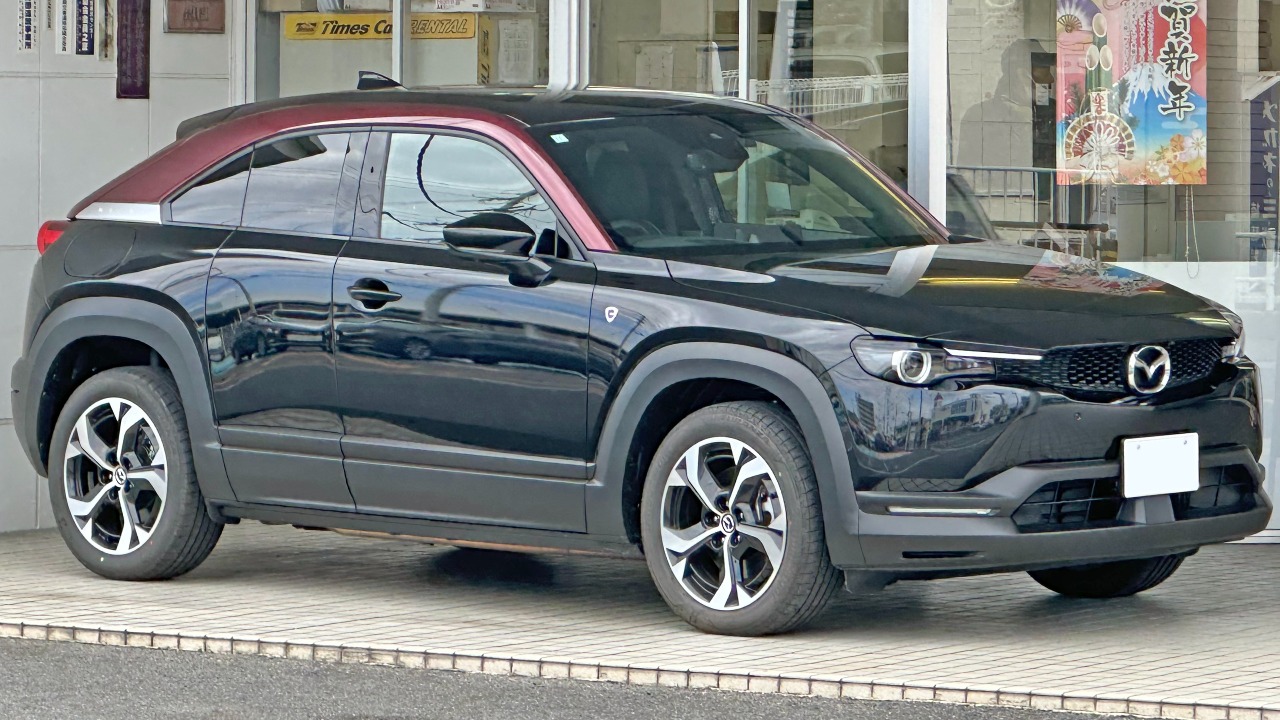
Mazda has taken the wraps off its Iconic SP concept car at the Japan Mobility Show in Tokyo. The vehicle is a rear-wheel-drive sports car powered by a new multi-fuel rotary engine that serves as a range extender for a small electric battery pack. This innovative approach emphasizes “clean burn” technology to reduce emissions while avoiding the weight and cost of large EV batteries.
Mazda’s Rotary Engine Revival
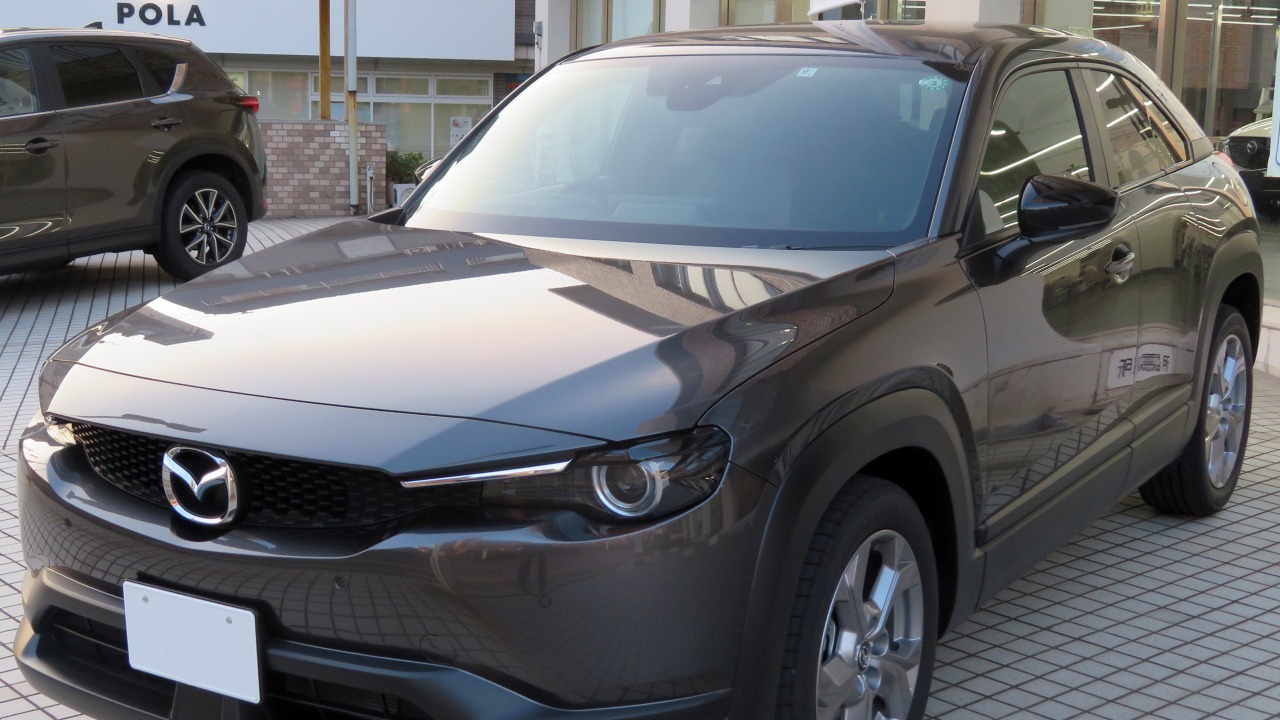
The Iconic SP concept brings back Mazda’s Wankel rotary engine in a downsized, multi-fuel version. This engine, designed specifically as a generator, charges a compact lithium-ion battery pack and produces 50 kW of power while weighing just 70 kg. The rotary engine enables the vehicle to achieve a total range of over 400 miles by combining 55 miles of pure electric driving with extended range from the rotary generator, thus prioritizing efficiency over full electrification.
Mazda engineers, led by Chief Design Officer Masashi Nakayama, describe the rotary as a “clean burn” solution that burns fuel more completely to minimize emissions. This engine also holds potential for carbon-neutral fuels like hydrogen, further enhancing its environmental credentials.
Concept Car Design Highlights
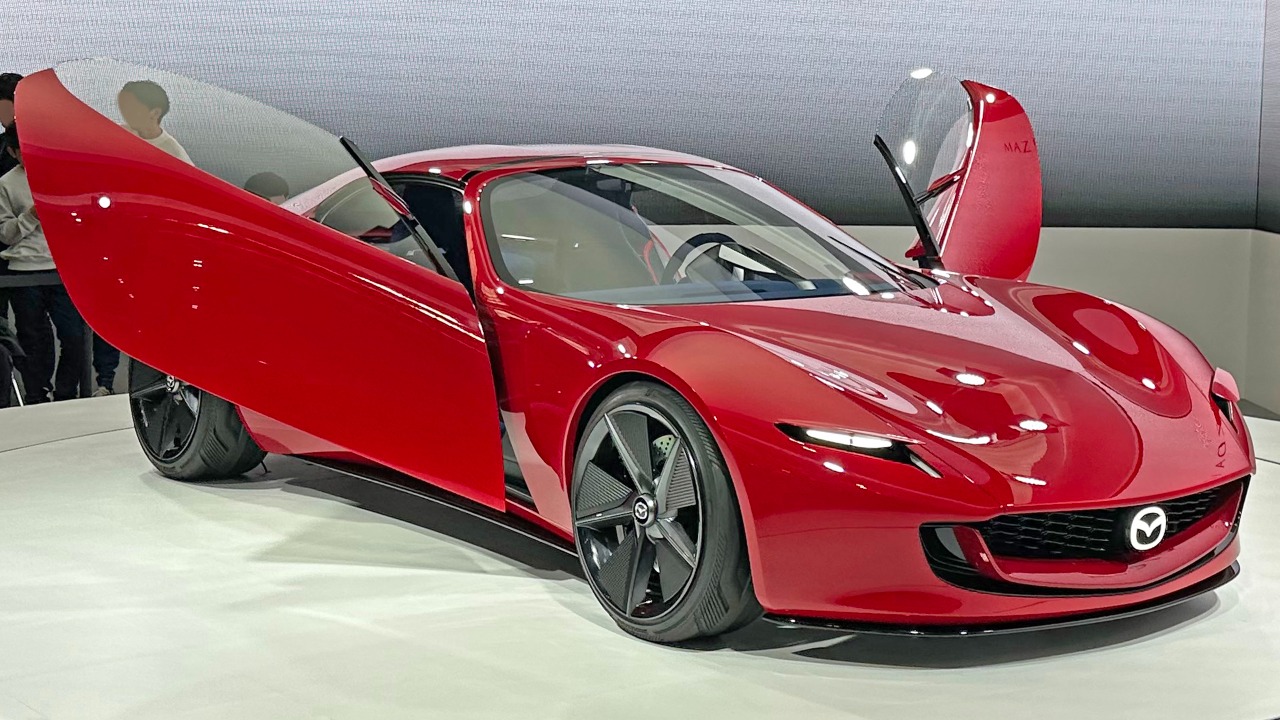
The Iconic SP features a compact two-seater sports car body with a 104.3-inch wheelbase. Its design language, known as Kodo, incorporates flowing lines and a low-slung profile. The car’s rear-wheel drive is powered by a single electric motor rated at 200 kW (268 hp) and 370 Nm of torque, offering a potent blend of performance and efficiency.
The vehicle also includes lightweight materials like carbon fiber for the body panels and a minimalist interior with digital displays. This design approach aims to deliver a sporty driving experience without the bulk of traditional EV batteries.
Strategy Against Battery-Dominated EVs
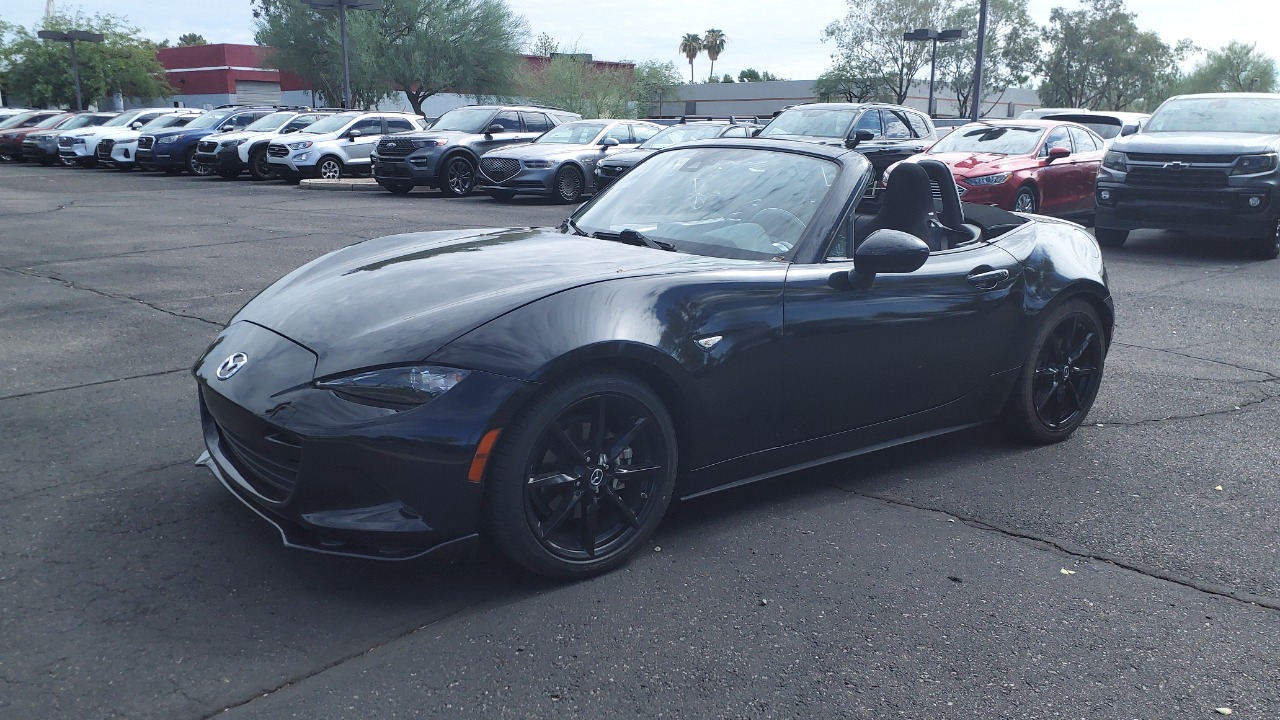
Mazda’s approach counters competitors like Tesla and Toyota by using a small 10-20 kWh battery instead of 60+ kWh packs. This strategy reduces vehicle weight by up to 30% and production costs while maintaining performance comparable to a Mazda MX-5 Miata. Company executives, including President and CEO Masahiro Moro, stated at the reveal that this hybrid-rotary system aligns with Japan’s energy realities and avoids over-reliance on imported battery minerals.
Multi-Fuel Capabilities and Emissions Goals
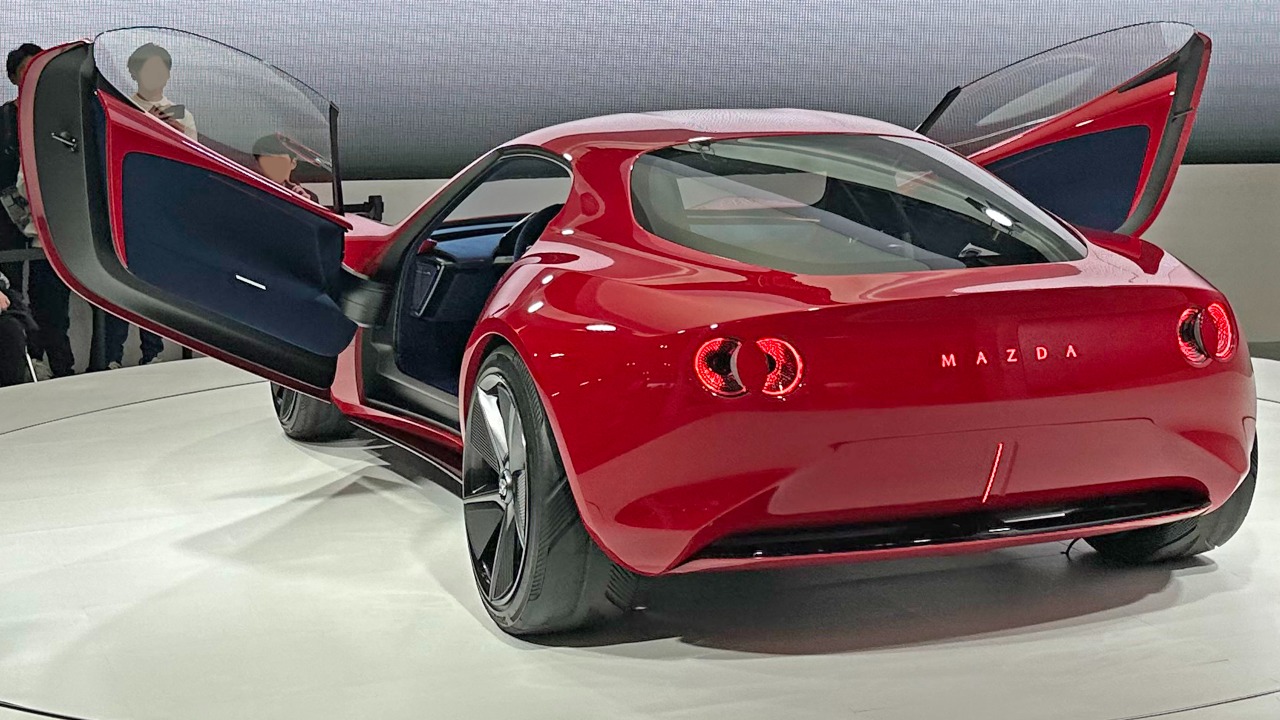
The rotary engine in the Iconic SP can operate on gasoline, hydrogen, or ammonia. Mazda is targeting zero tailpipe emissions when using hydrogen and a 90% reduction in CO2 compared to conventional engines on gasoline. This multi-fuel capability offers significant flexibility and potential for reducing environmental impact.
Development focused on improving the rotary’s historical weaknesses, such as apex seal durability and fuel efficiency. New combustion chamber designs enable lean-burn operation for cleaner output, addressing these issues head-on.
Production Timeline and Market Implications
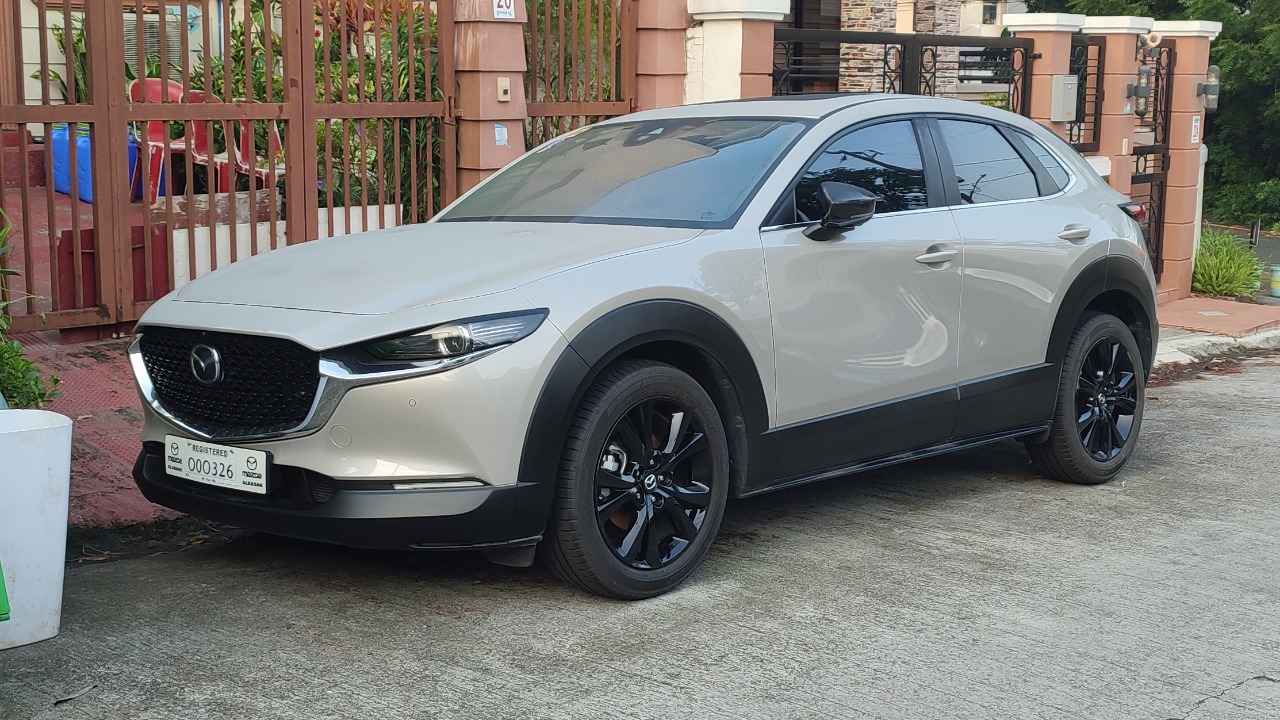
Mazda plans to introduce a production version of the rotary range extender in a new rear-wheel-drive EV platform by 2025. This technology could potentially debut in models like a next-generation MX-5 or CX-30 crossover. The strategy positions Mazda to meet global electrification mandates, such as the EU’s 2035 ICE ban, by offering a transitional technology that extends range without full battery dependency.
This approach could be particularly appealing to markets like the U.S. where charging infrastructure lags. It offers a practical and efficient solution for drivers who want to reduce their carbon footprint without sacrificing range or performance.
Broader Industry Context
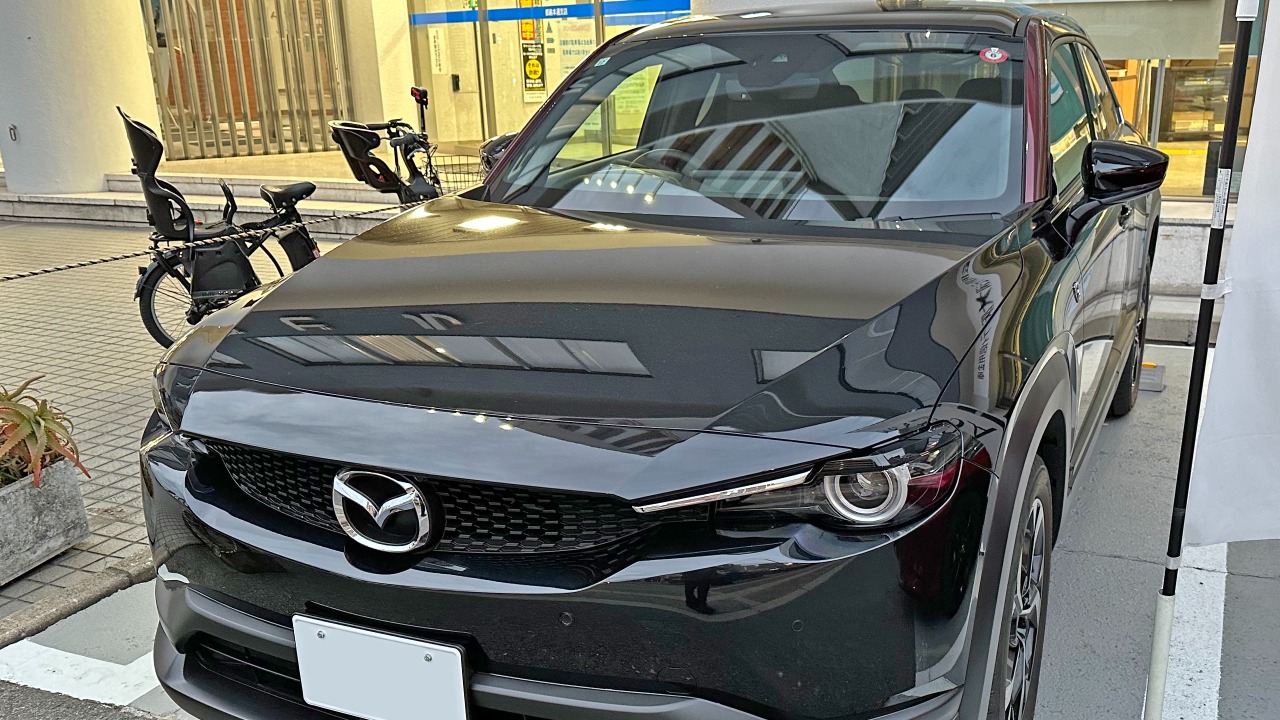
Unlike battery-heavy rivals, Mazda’s “Skyactiv-R” rotary system draws from decades of Wankel experience, including the 1991 Mazda 787B’s Le Mans win. This heritage provides a unique selling point in a crowded EV market, setting Mazda apart from competitors and offering a distinctive choice for consumers.